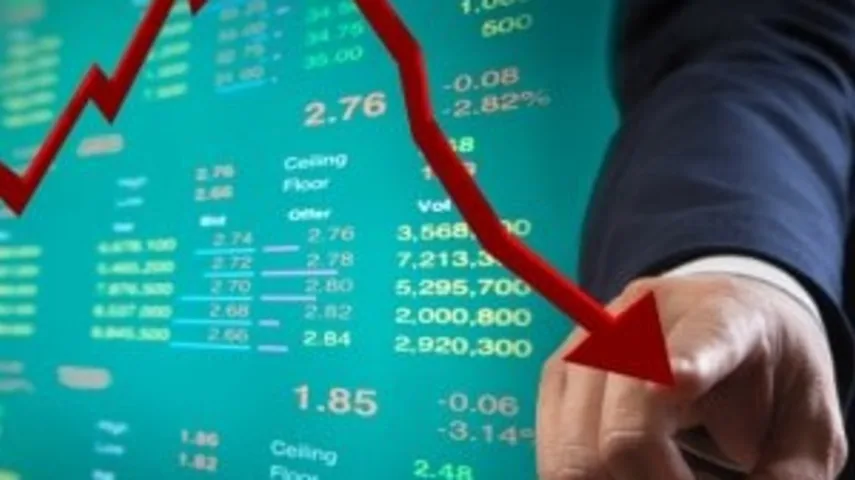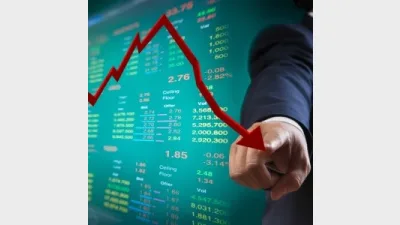Australian Foundation Investment Company’s profit falls



Listed investment company (LIC), The Australian Foundation Investment Company, has reported a net profit decline from $293.6 million in 2015, to $265.8 million for the financial year ending 30 June 2016.
In an announcement to the market, the company said last year's figures included a special non-cash dividend of $31.9 million from the South32/BHP Billiton demerger.
The ASX listed company invested in Australian equities and said its top investments were in the Commonwealth Bank, Westpac Banking Corporation, Telstra Corporation, Wesfarmers, and BHP Billiton.
However, their end of financial year report said none of those were their best performers.
The best performers named were iProperty, Treasury Wine Estates, Macquarie Atlas Roads, Aconex, Fisher & Paykel Healthcare, and Sydney Airport (from the 2015 FY to 2016).
The company reported their one year portfolio return was -1.6 per cent, and produced a positive result of 0.2 per cent including franking.
Over the longer term, returns were more in line with the companies' investment horizon as they produced 5.7 per cent for the 10 years to 30 June 2016, which was higher than the index return (4.9 per cent per annum), the company said.
Total dividends were 24 cents per share for the 2016 financial year, while the final dividend was 14 cents per share.
The company also raised $153.3 million in November 2015 for its share purchase plan (SPP) and said its overall management expense ratio was 0.16 per cent.
Recommended for you
Ausbil is growing its active ETF range with an ESG product in collaboration with sister company Candriam.
Philanthropic investment group Future Generation’s CEO, Caroline Gurney, will step down from her role at the start of next year.
The newly combined L1 Group is expectant of stabilising Platinum’s falling funds under management within the next 18 months, unveiling four growth pathways and a $330 million equity raise.
Janus Henderson Investors has launched a global small-cap fund for Australian investors, which includes a 5.4 per cent weighting to Australian equities.











